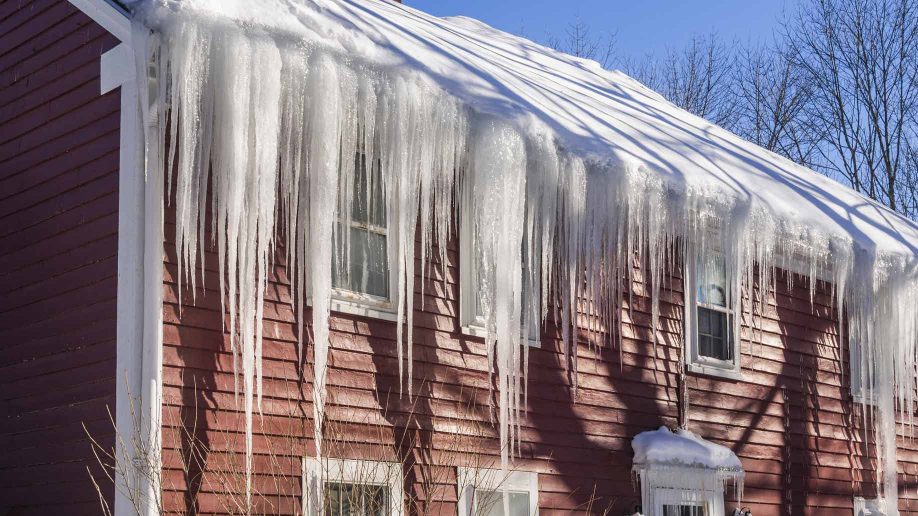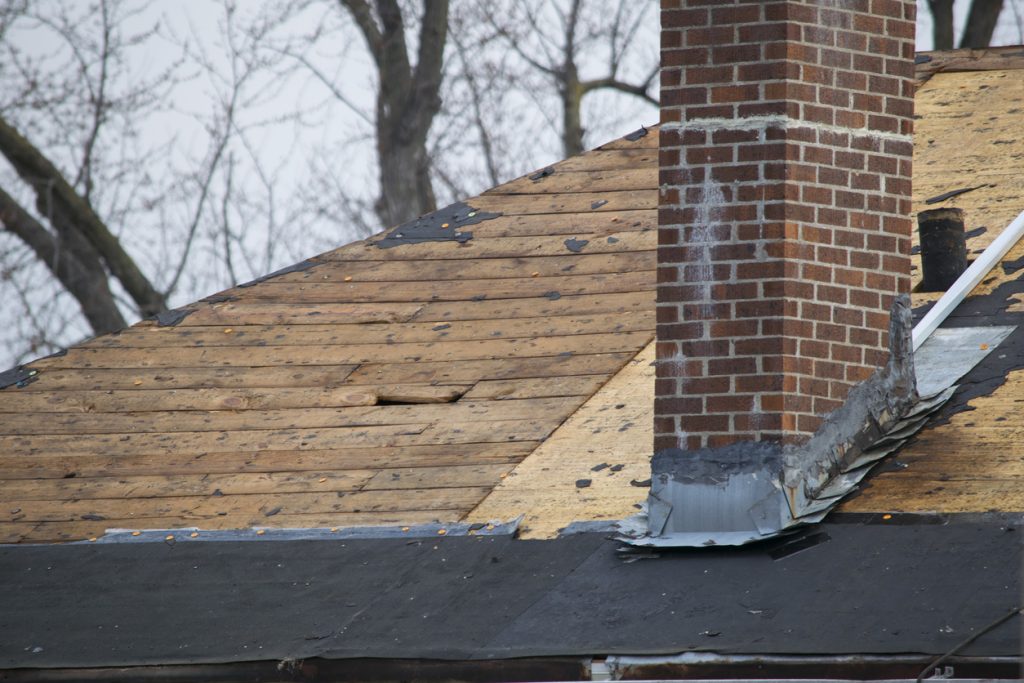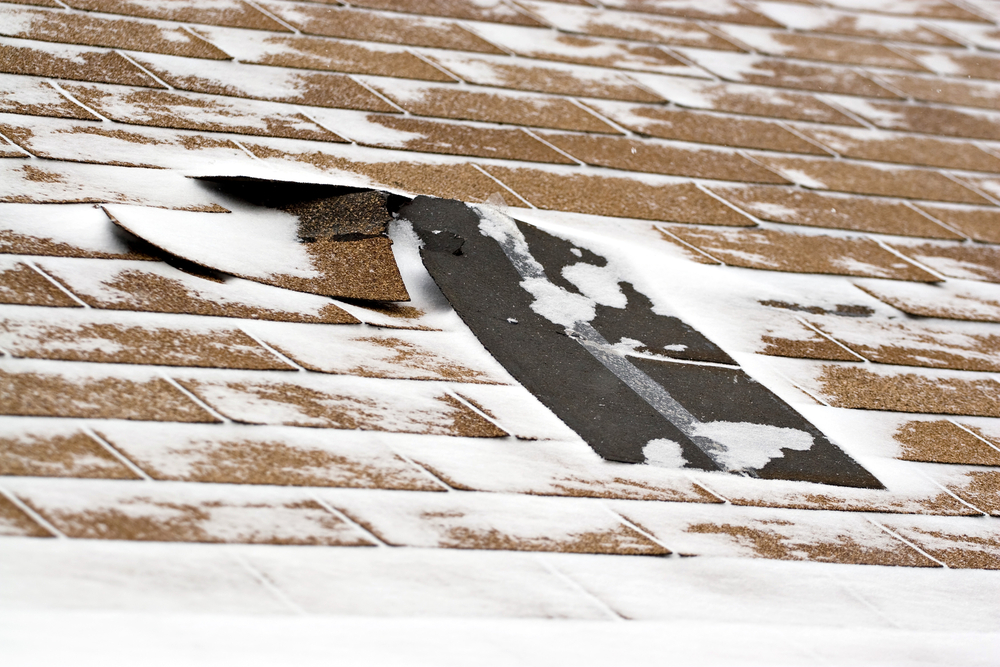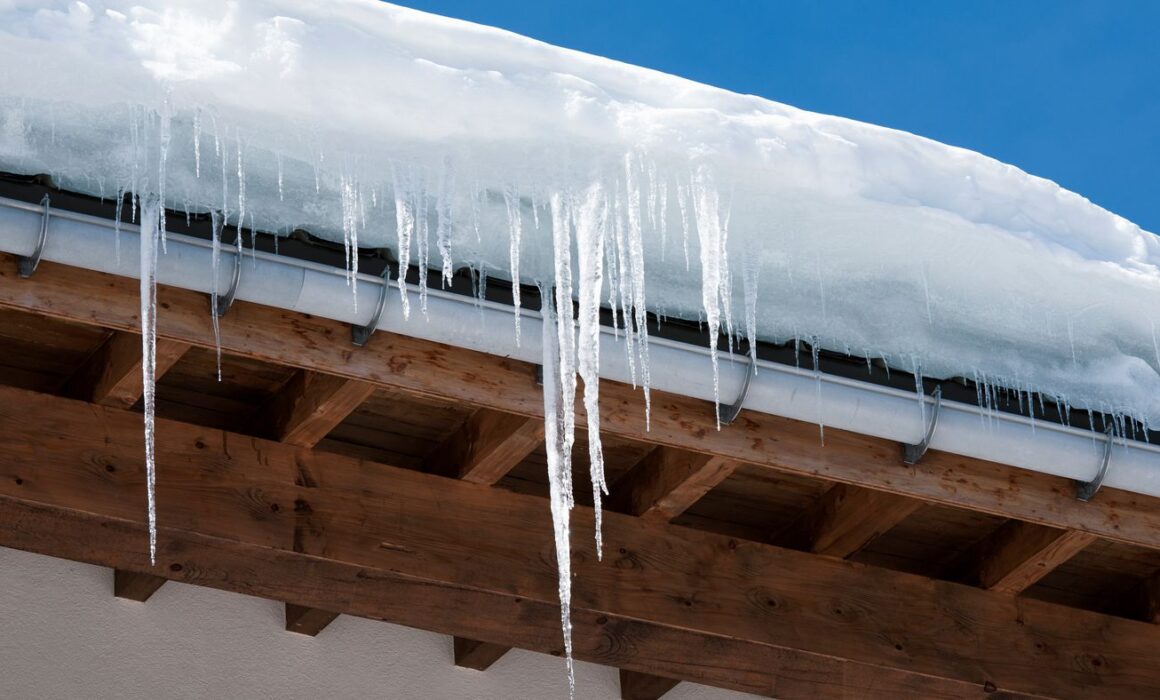The Common Causes of Winter Roof Leaks
The winter season could be a difficult time in regards to home maintenance, particularly if you reside in a place in which snow and ice are common at this time of the season. In the time of the winter, you’ll need to deal with snow piling in your roof, icicles forming all around your house, and even frost which can make your walkways slippery. Among the most prominent problems which your roof could encounter during winter, however, are roof leaks. A roof leak is one thing no one desires to deal with, particularly in the midst of winter. Then again, those winter conditions could make a bad roof even worse.
Home maintenance problems are likely to show up during the most inconvenient periods. With regards to stopping roof leaks, it is vital to know very well what causes them to begin with. Even though snow and ice could definitely play a role in winter roof leaks, this is only one of the causes behind it. In this blog, we’re breaking down all the factors your roof is leaking during the winter.
Ice Dams

Ice dams are probably the most common cause of roof leaks throughout the winter. Ice dams are mounds of ice which form in a roof’s edge. Usually, ice dams are the consequence of bad attic insulation. If the attic isn’t insulated correctly, warm air will get away via the roof, resulting in the snow on top of it to melt. When the snow slides down, it would re-freeze in the colder fringe of the roof and, ultimately, a wall of ice will develop.
This kind of wall may prevent melted water from flowing from the roof and, rather, can cause it to pool at the center. As time passes, the standing water can start to leak through the roof and even make it collapse beneath the extra weight. To prevent this kind of damage, it’s vital that you insulate your attic correctly.
Condensation in Your Attic

Yet another one of the most prevalent causes of roof leaks in the winter is attic condensation. Since heat from your house soars up into the attic and blends with the colder air from outdoors, moisture can build in your roof. Although the build up of condensation isn’t really a leak, it could drip down and lead to water damage in your house all the same. To avoid this kind of condensation from forming, ensure that you properly ventilate your roofing.
One fantastic way to fix most of these issues is to use liquid rubber paint to waterproof your roof and stop leaks. Look for a good roof waterproofing company in your area like this company that does roof waterproofing in Cape Town.
Cracked Flashing

Flashing is usually attached to roofs in order to give improved protection towards leaks. Basically, it is a thin material, just like steel, that is put in place to direct water far from crucial regions on a roof, such as all over vents or chimneys. In the event that flashing gets cracked or perhaps damaged, water could possibly drip through and result in a leak. So as to avoid leaks in your house, examine your flashing every now and then to be able to make sure that it is in great condition.
Damaged Shingles

Old age, bad weather, as well as falling branches could all contribute to the damage of shingles as time passes. When this happens, melted snow as well as rain are likely to leak via any holes or cracks which form. Examining shingles for damage as well as fixing them right away will certainly help prevent dastardly roof leaks from taking place throughout the coldest season of the year.

